By Fathima Rukaiya,
Across the world, the holiday season is a time of joy, togetherness, and most importantly, sweet indulgence. Each culture has its own special confections that tell a story of heritage, faith, and festivity.
Here’s a journey through some of the world’s most beloved festive sweets that capture the spirit of the holidays.
1. Panettone – Italy
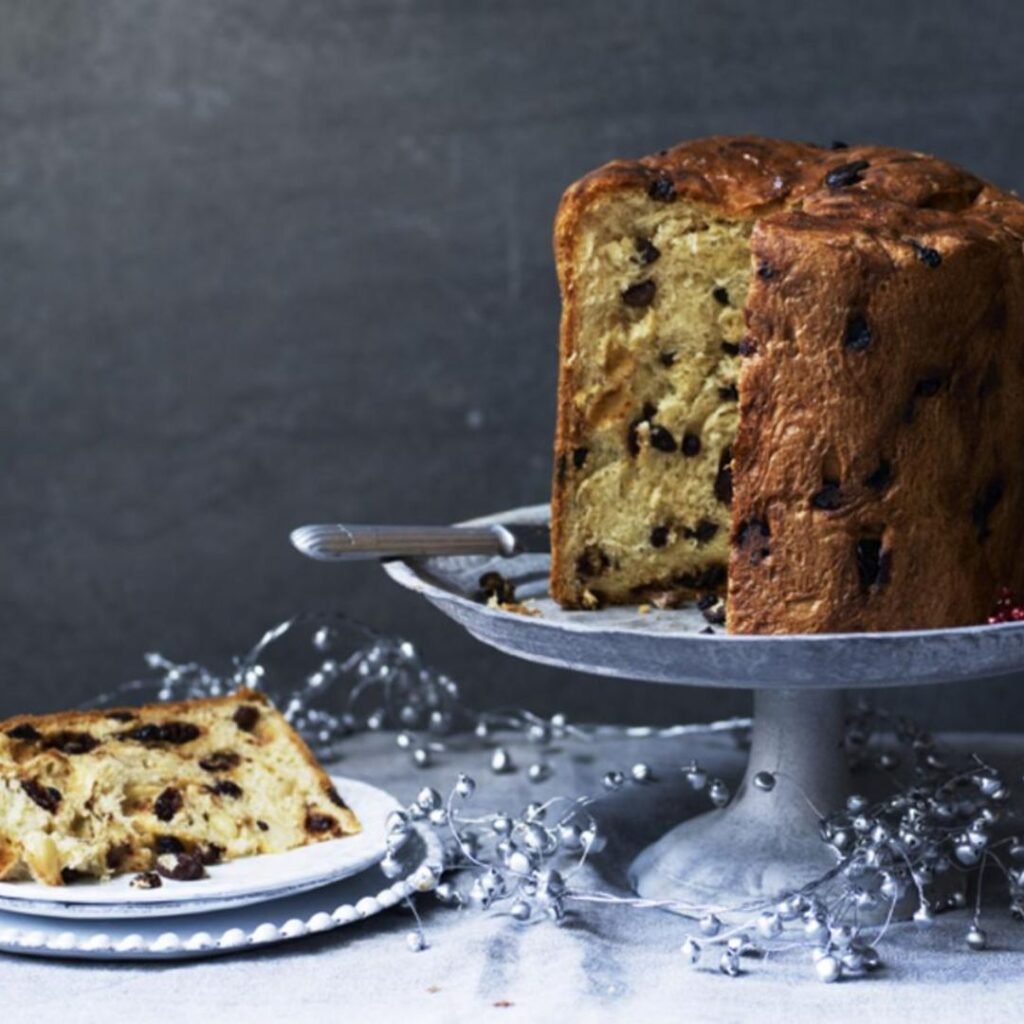
Occasion: Christmas
What It Is: A light, dome-shaped sweet bread topped with citrus zest, raisins, and candied orange peel.
The Story: Originally from Milan, panettone has spread throughout the world and is now a Christmas classic in Italy. Its name is thought to be derived from “pane di Toni,” named for a poor baker who is said to have made the dessert for his lover.
At Christmas get-togethers, families generously slice it and offer it with hot chocolate, espresso, or sweet wine.
2. Gulab Jamun – South Asia
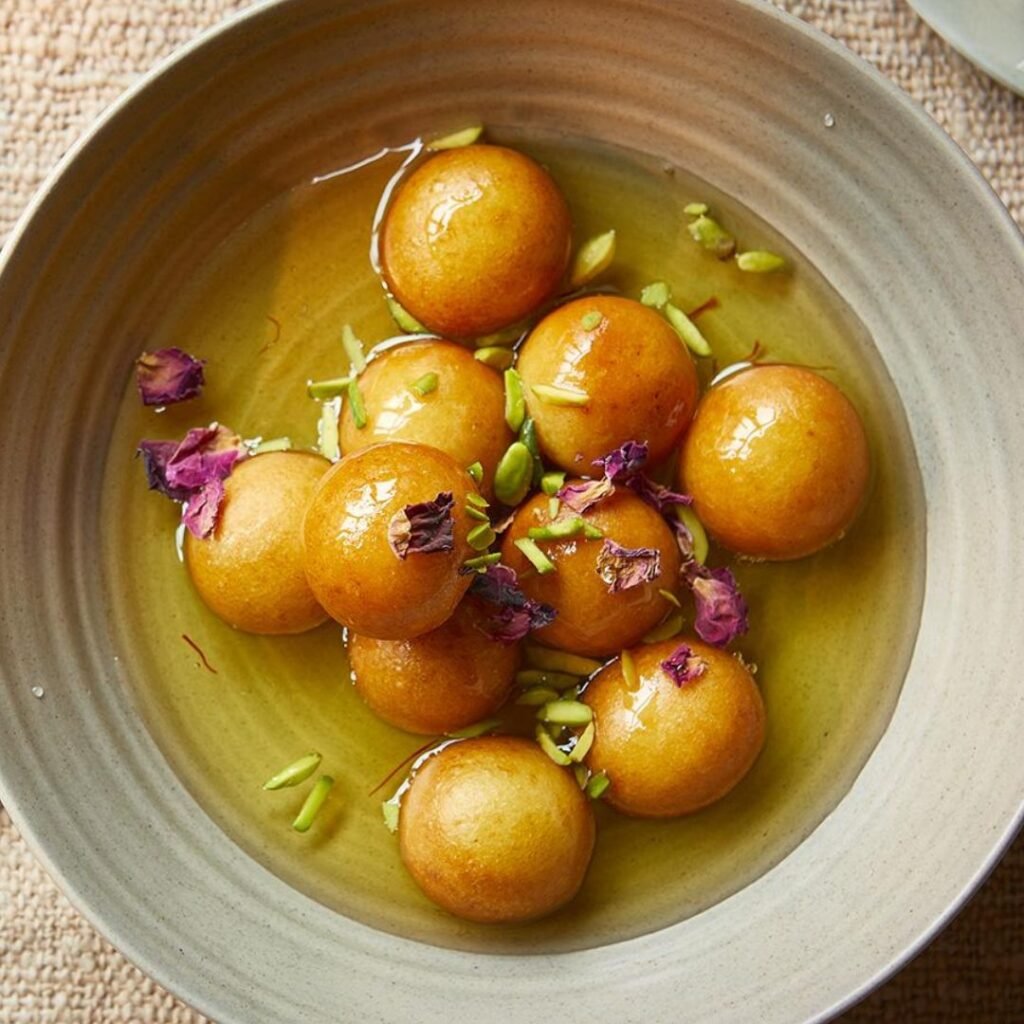
Occasion: Diwali, Eid, Weddings
What It Is: Soft, deep-fried milk-solid dumplings soaked in rose-scented sugar syrup.
The Story: Gulab Jamun, which has Persian and Indian origins, is a representation of festivity and hospitality. Its name literally means “rose berry,” referring to the flowery flavor of its syrup.
3. Buche de Noel (Yule Log) – France
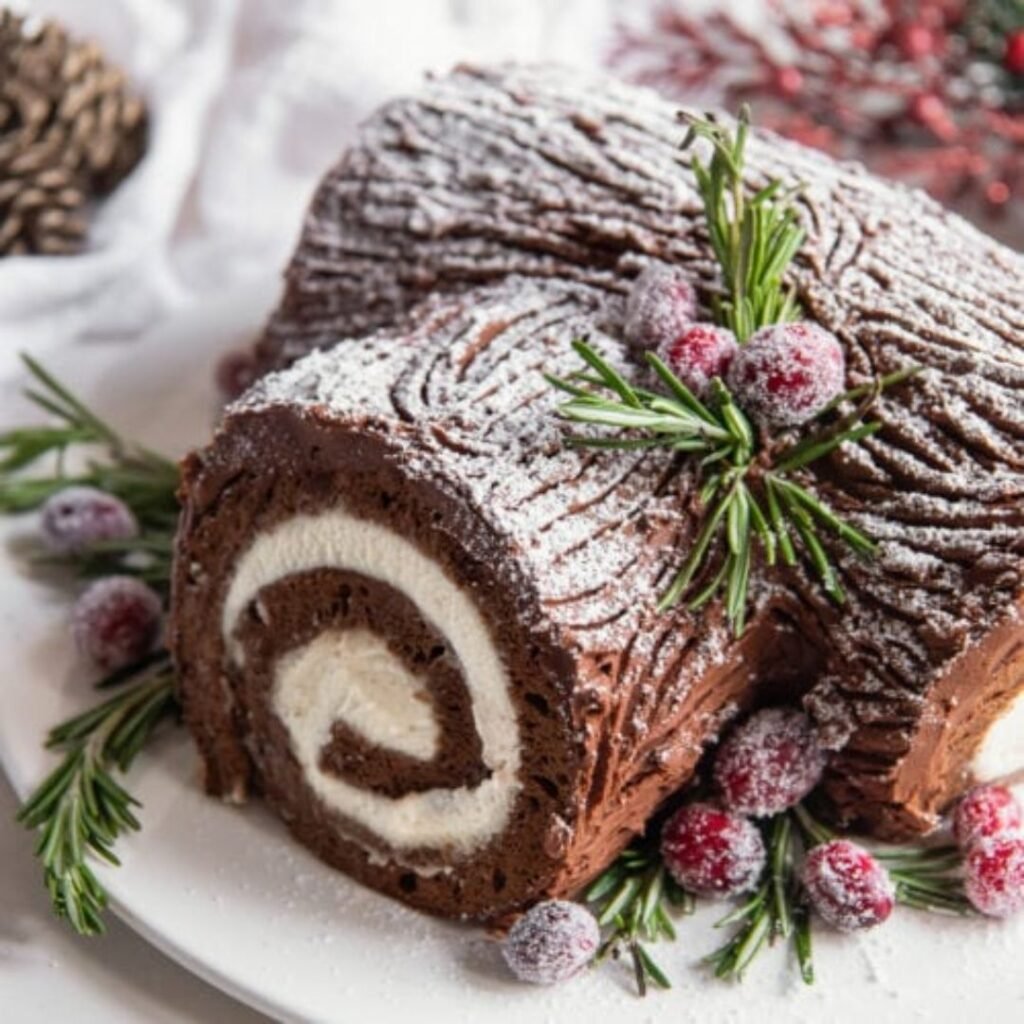
Occasion: Christmas
What It Is: A rolled sponge cake filled with buttercream and decorated to resemble a log.
The Story: The dessert represents the ancient Yule log tradition, where families would burn a large log in the hearth to welcome the new year with warmth and luck.
Modern versions come adorned with meringue mushrooms, powdered sugar “snow,” and chocolate bark-like icing; turning the dessert into a work of art.
4. Kaju Katli – India
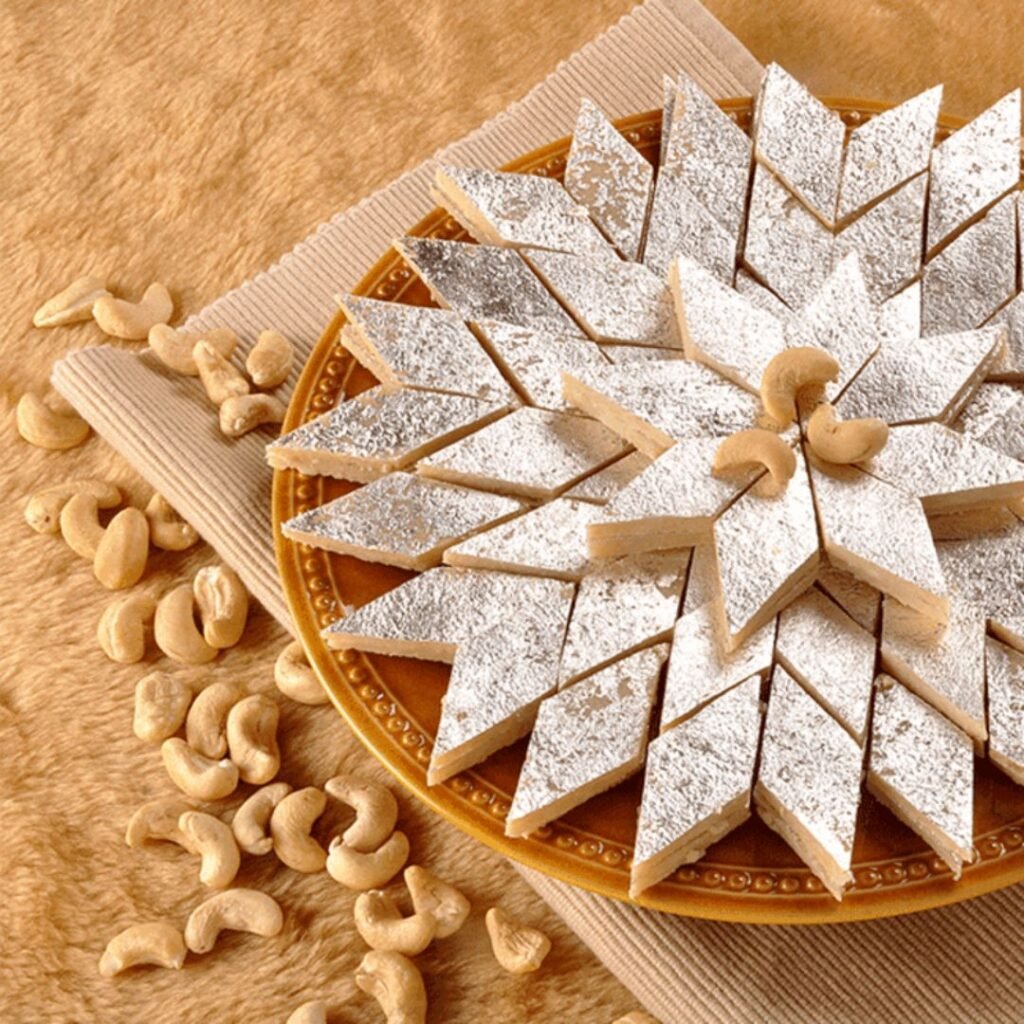
Occasion: Diwali
What It Is: Diamond-shaped cashew fudge made from ground cashews, sugar syrup, and ghee, often topped with edible silver leaf (vark).
The Story: Translating to “cashew slice,” Kaju Katli is a symbol of prosperity and sweetness shared during Diwali, the festival of lights.
5. Stollen – Germany
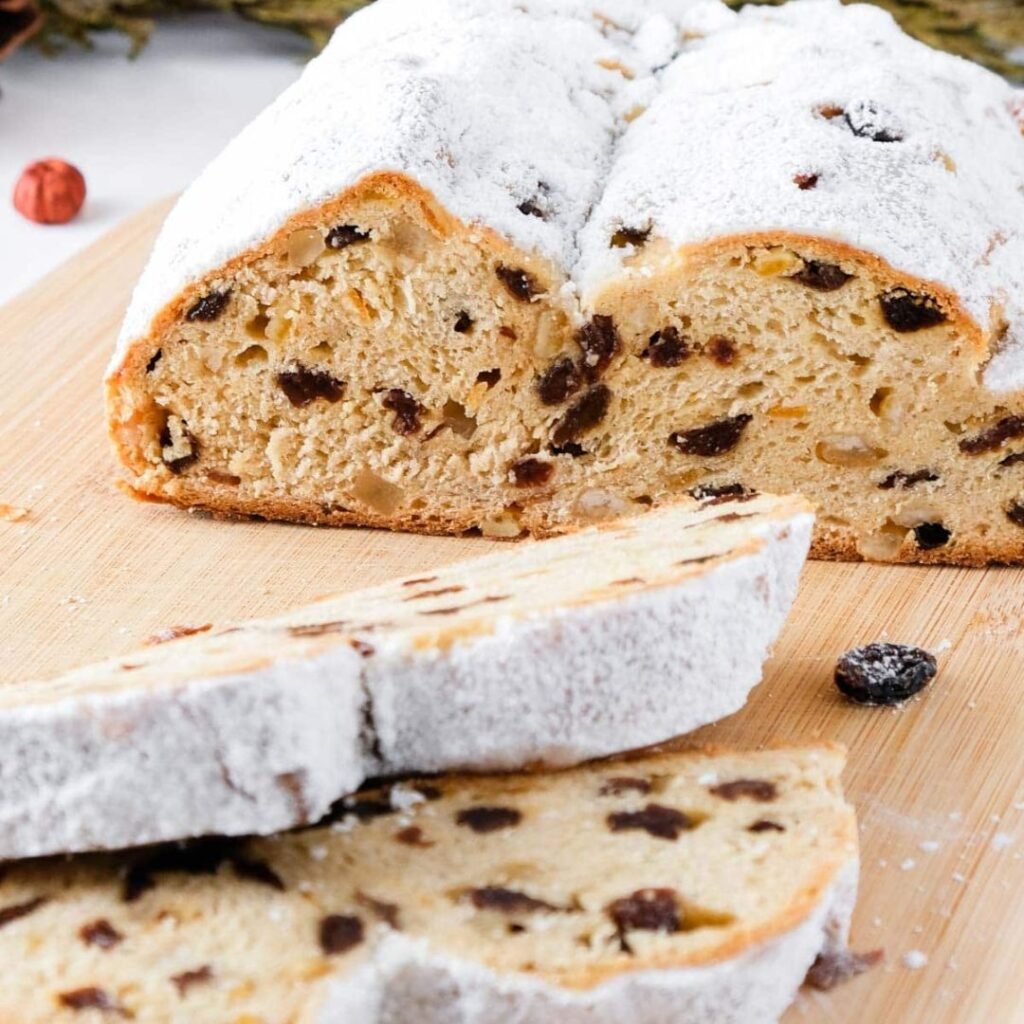
Occasion: Christmas
What It Is: A dense fruit bread with nuts, candied fruits, marzipan, and powdered sugar coating.
The Story: Christstollen dates back to the 15th century in Dresden and is shaped to represent the baby Jesus wrapped in swaddling clothes.
Each slice is a taste of history and holiday cheer, often enjoyed with mulled wine or coffee in cozy winter gatherings.
6. Mochi – Japan
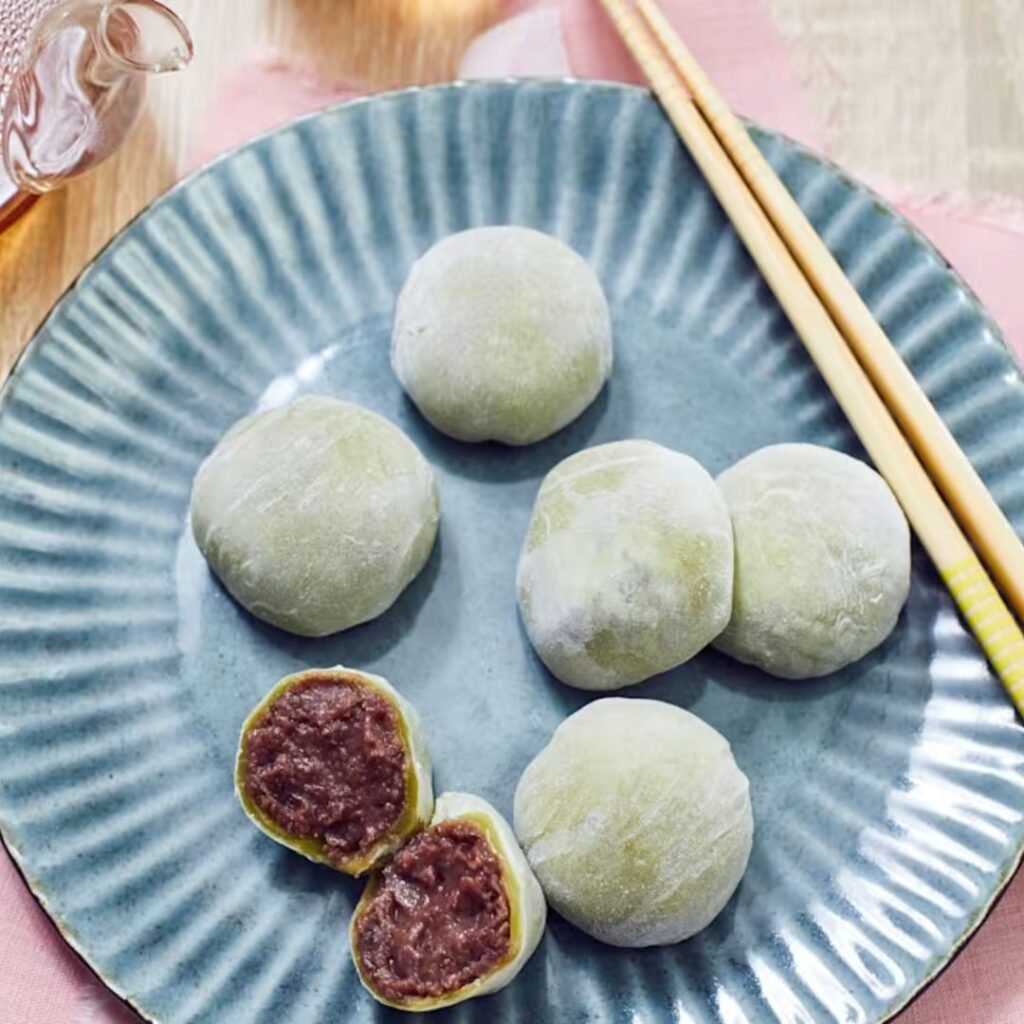
Occasion: Japanese New Year (Oshogatsu)
What It Is: Chewy rice cakes made from glutinous rice pounded into a sticky dough, sometimes filled with sweet red bean paste.
The Story: Mochi represents power and wealth. Families gather to make mochi as a shared activity during traditional mochitsuki celebrations.
7. Baklava – Middle East, Greece, Turkey
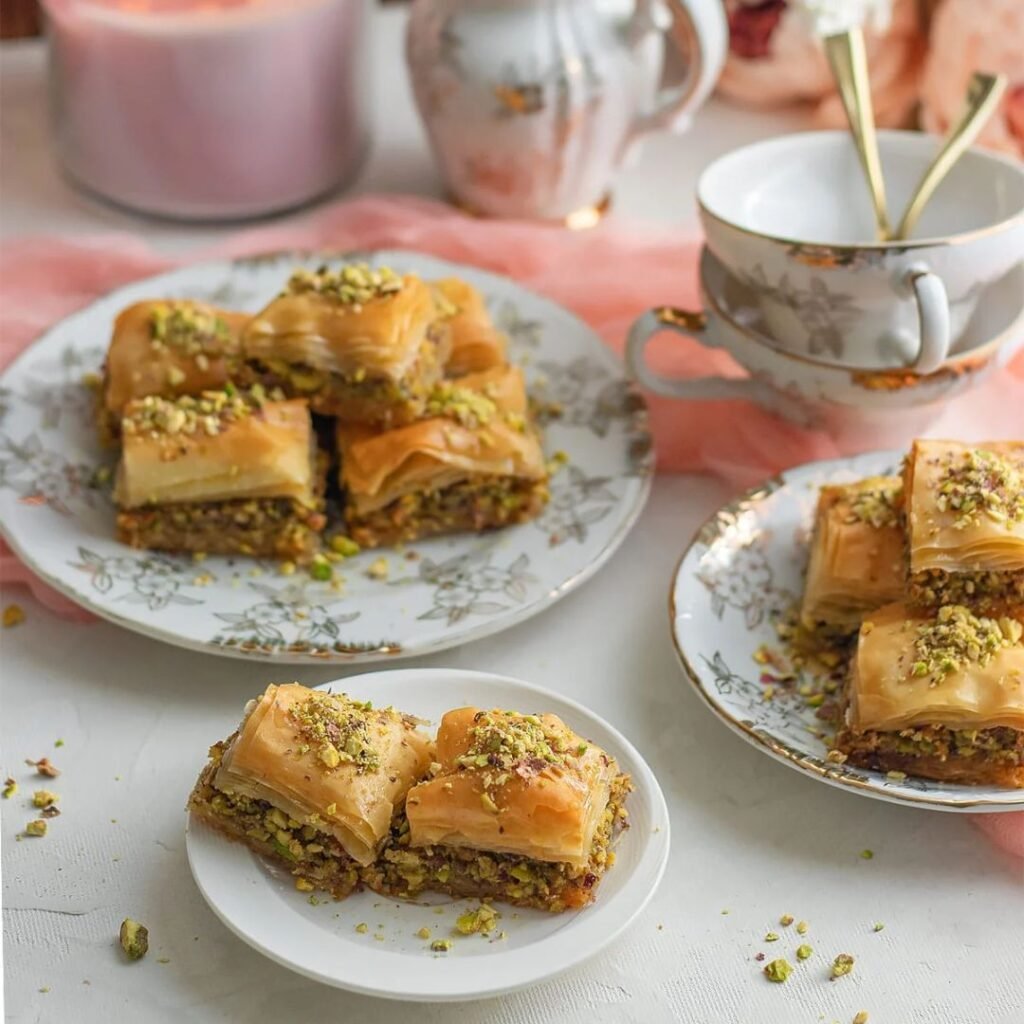
Occasion: Eid, Orthodox Christmas, Weddings
What It Is: Layers of phyllo pastry filled with crushed nuts and soaked in honey or sugar syrup.
The Story: With origins in Ottoman cooking, this centuries-old pastry is now a highly recognized festive treat in the Mediterranean and Middle East.
8. Rosca de Reyes – Mexico & Spain
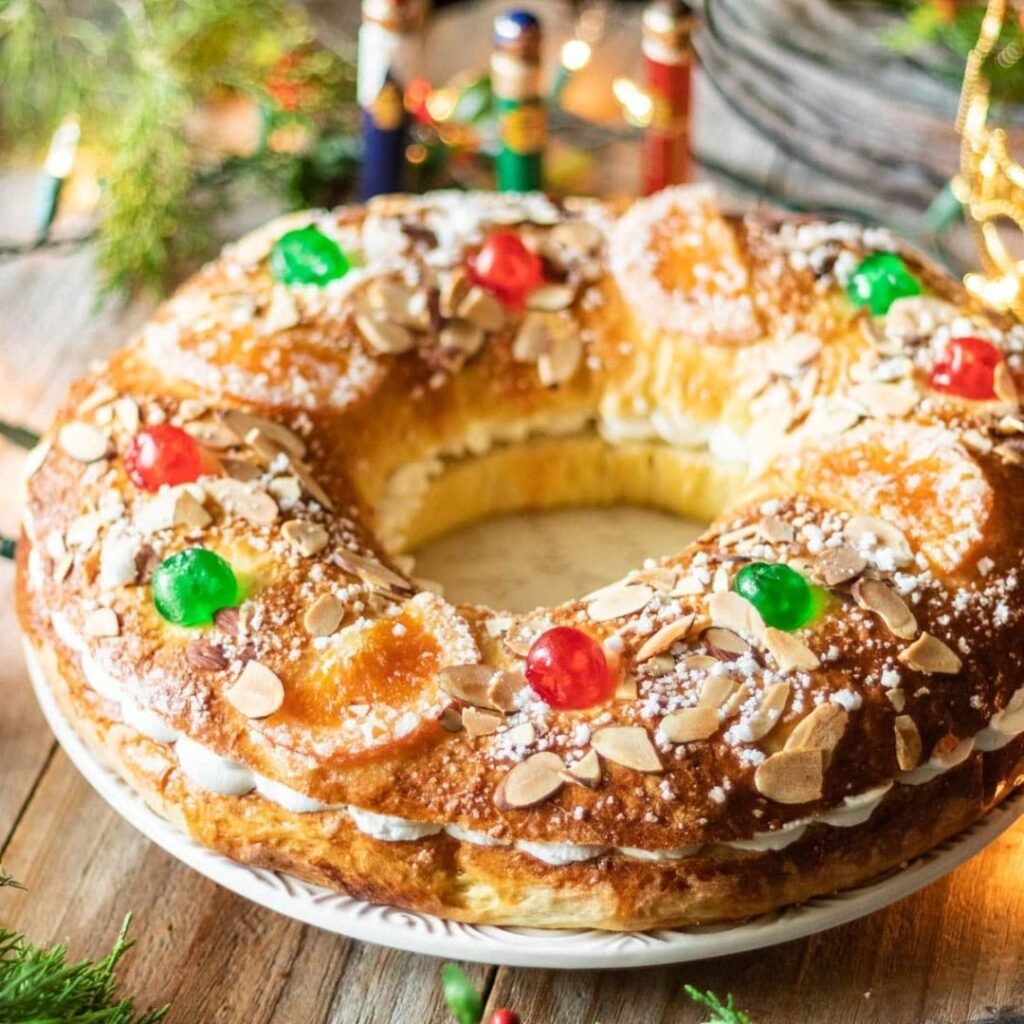
Occasion: Three Kings Day (January 6)
What It Is: A delicious bread in the shape of a ring that is covered with dried fruit and occasionally contains a tiny baby figure.
The Story: On February’s Día de la Candelaria, the person who finds the figurine which symbolizes baby Jesus, must throw a celebration.
9. Ma’amoul – Lebanon & the Middle East
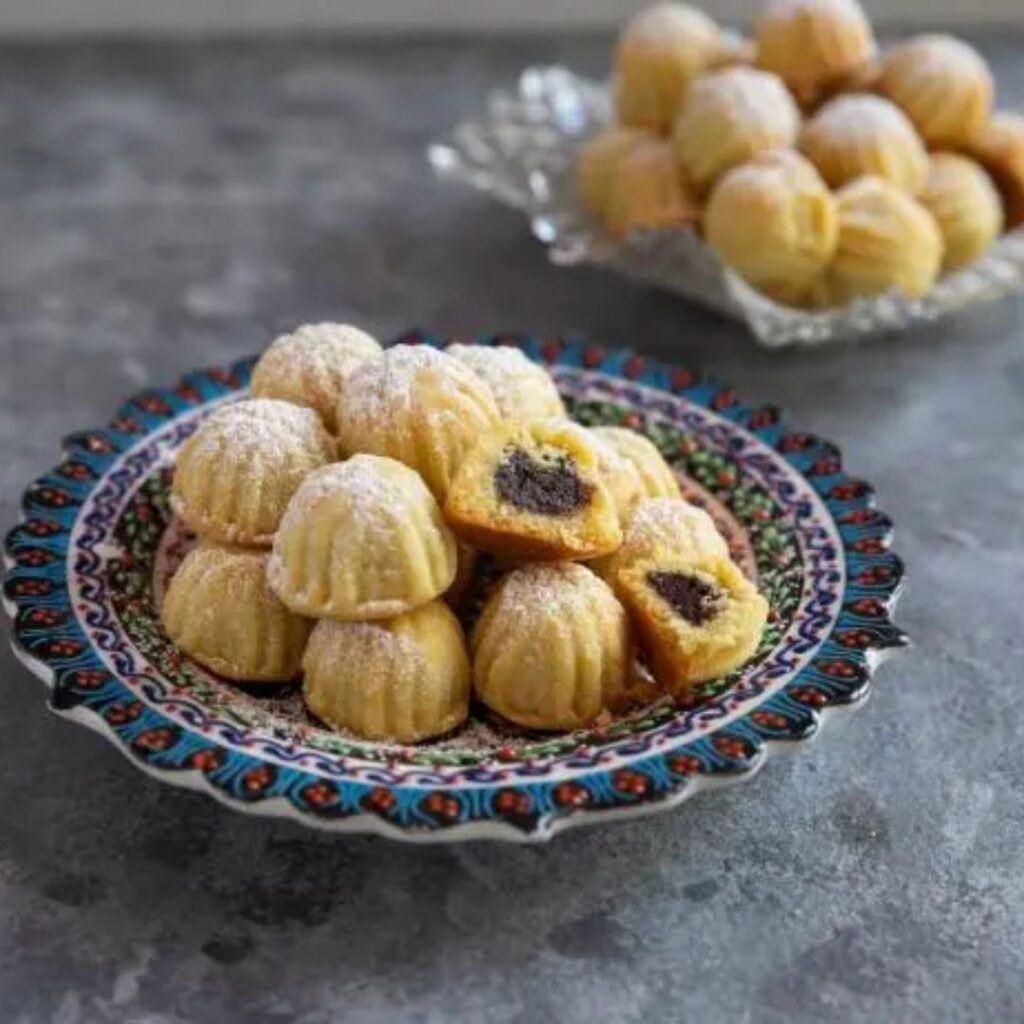
Occasion: Eid al-Fitr, Easter
What It Is: Shortbread cookies filled with dates, pistachios, or walnuts, often dusted with powdered sugar.
The Story: Traditionally handcrafted with intricate wooden molds, Ma’amoul is shared with neighbors and guests to mark the end of fasting and the beginning of feasting.
10. Christmas Pudding – United Kingdom
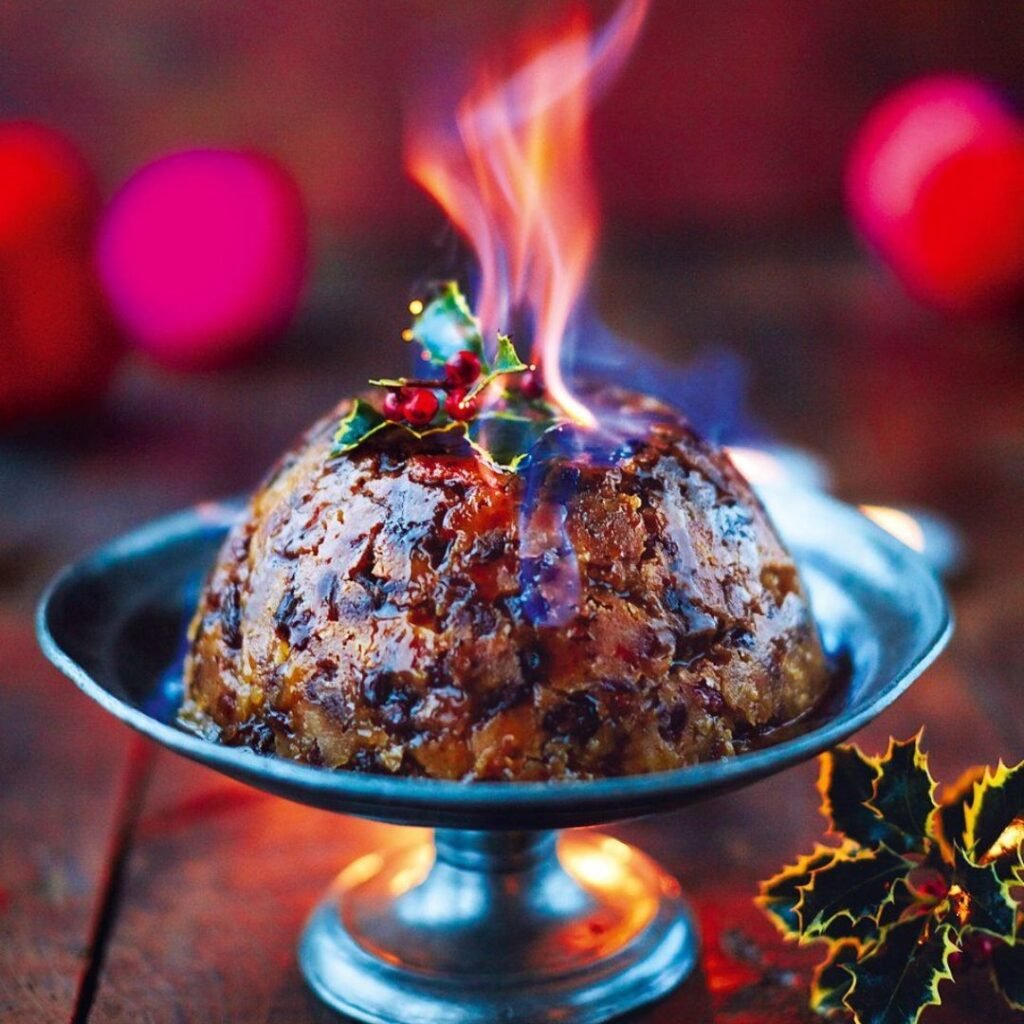
Occasion: Christmas
What It Is: A steamed pudding made with dried fruits, nuts, suet, and spices, often soaked in brandy.
The Story: Dating back to medieval England, this rich dessert is traditionally prepared weeks before Christmas and “fed” with alcohol until it’s ready.
Served flaming with brandy and topped with holly, it’s not just dessert, it’s a performance at the holiday table.
11. Kolachky – Eastern Europe (Czech Republic, Poland, Hungary)
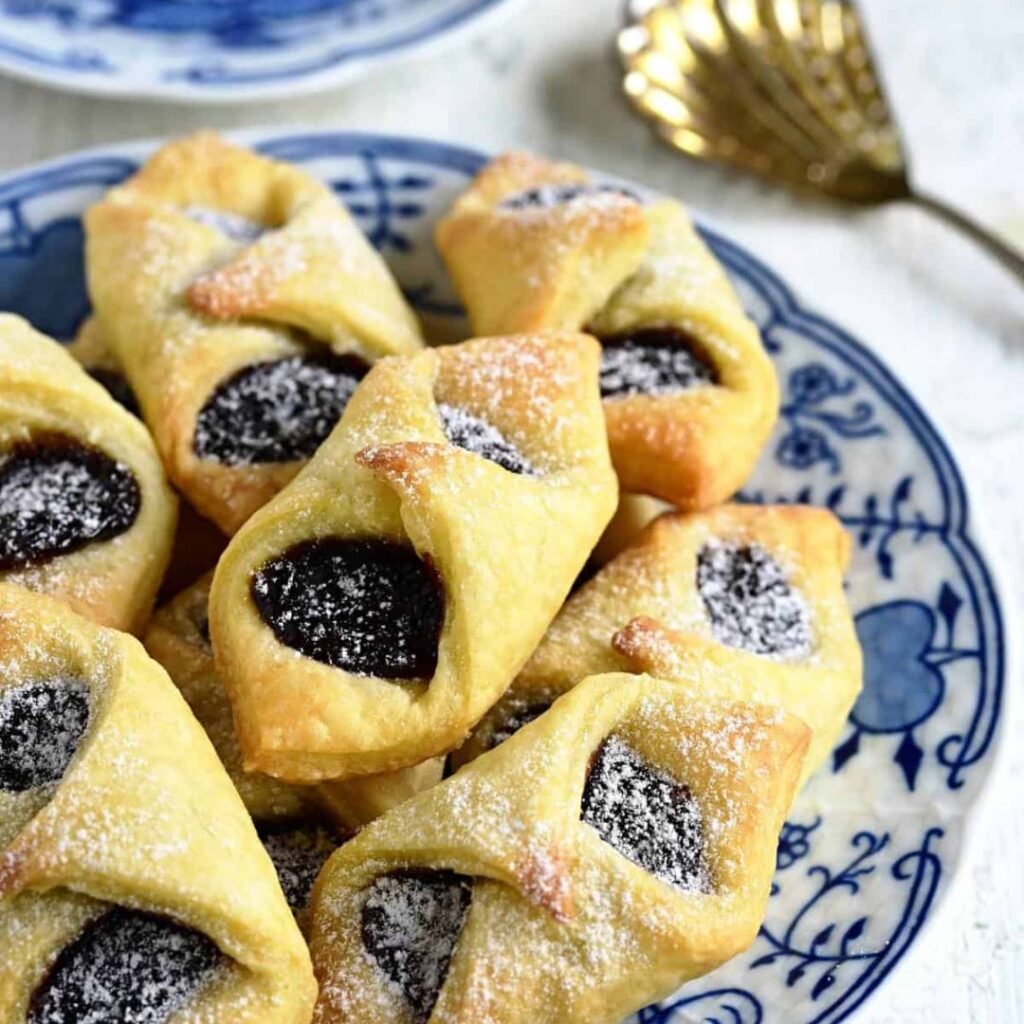
Occasion: Christmas and Easter
What It Is: Flaky pastries filled with fruit preserves, cream cheese, or nuts.
The Story: These old-world cookies are a staple at holiday tables and symbolize warmth and family unity.
Their delicate shape and fruity aroma make them a perfect pairing to hot tea on cold festive nights.
Festive sweets are more than recipes; they’re timeless traditions carried through generations. Whether it’s a family gathering in Italy around Panettone or a joyful Diwali evening with Kaju Katli, these treats connect people to their roots and to one another.
In every sugary bite lies a story of love, culture, and celebration reminding us that, no matter where we come from, sweetness is a universal language of festivity.





